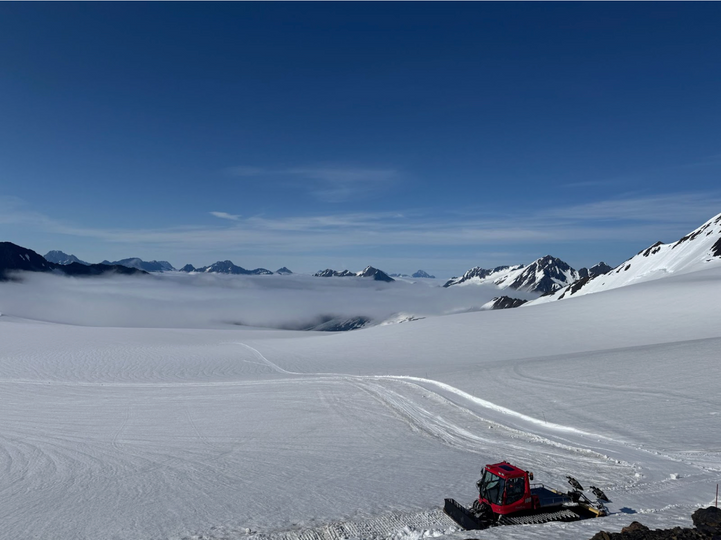Posted by Jack Young: EnjoyWinter Athlete Force on Jul 17th 2025
Alaska Camp Part 3 (On Snow!): How shifting your mindset can dramatically improve training in less than ideal conditions.
I first heard about the possibility of a USST camp on Eagle Glacier this winter from a few APU athletes on the world cup circuit. At the time, I couldn’t really contain my excitement about the prospects of getting to do some summer skiing in Alaska. I mean, skiing twice a day, everyday for a week on a sunny glacier? Seems pretty ideal. The sun part of the equation didn’t exactly pan out for this camp but getting to spend a week on Eagle Glacier will certainly be a highlight of my summer.
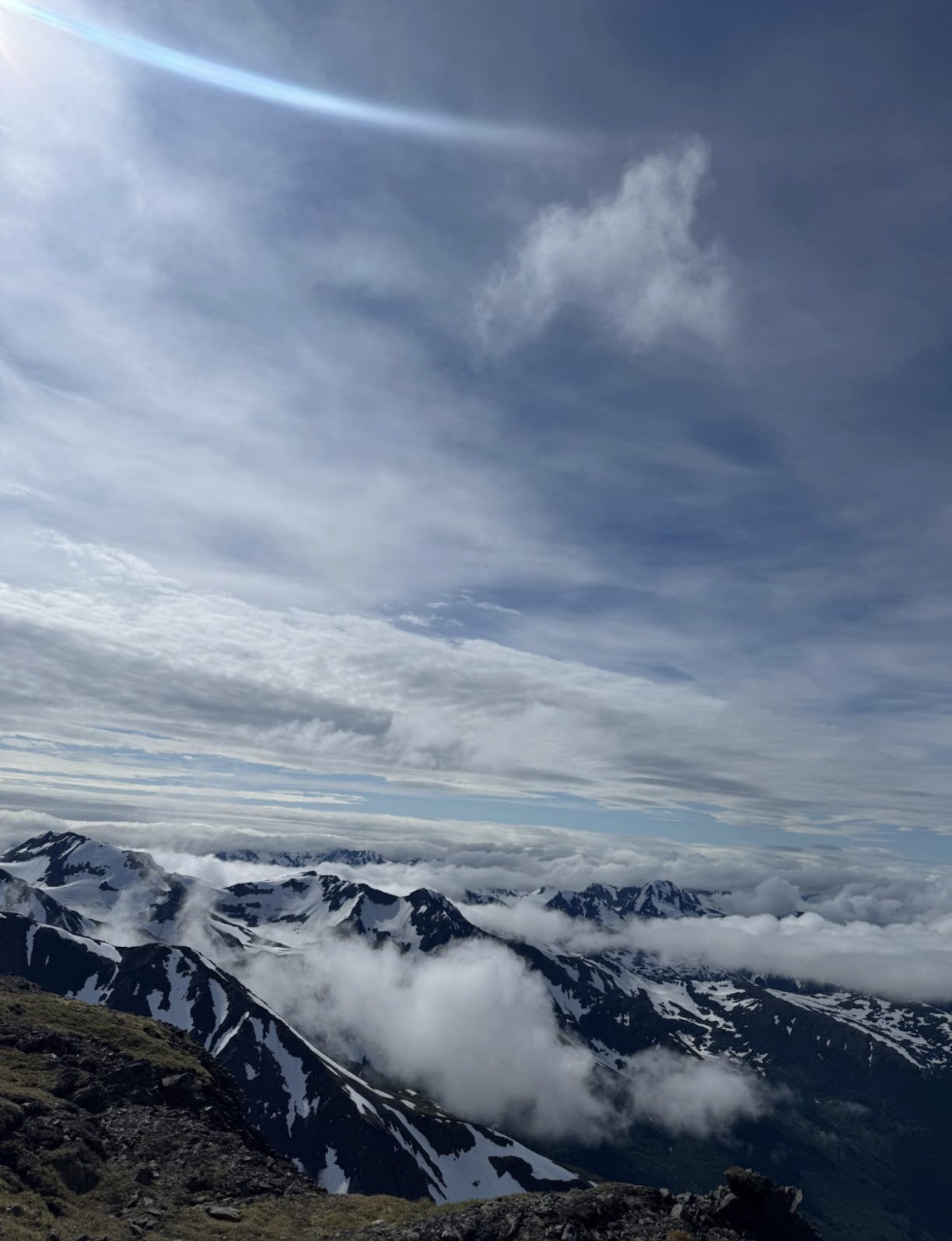
Last week, writing about my week of dryland training in Anchorage, I found myself listing out how everything kept going right. I had a good week of training on the glacier, but there were lots of non-ideal factors that needed to be overcome to do so. These factors included altitude, bad sleep, soft snow, and bad weather. Although every one of these factors can be detrimental to having a productive training camp, with the right mindset, one can take something negative and spin it into a positive. This post is about constantly pushing to find positive takeaways from subpar circumstances.
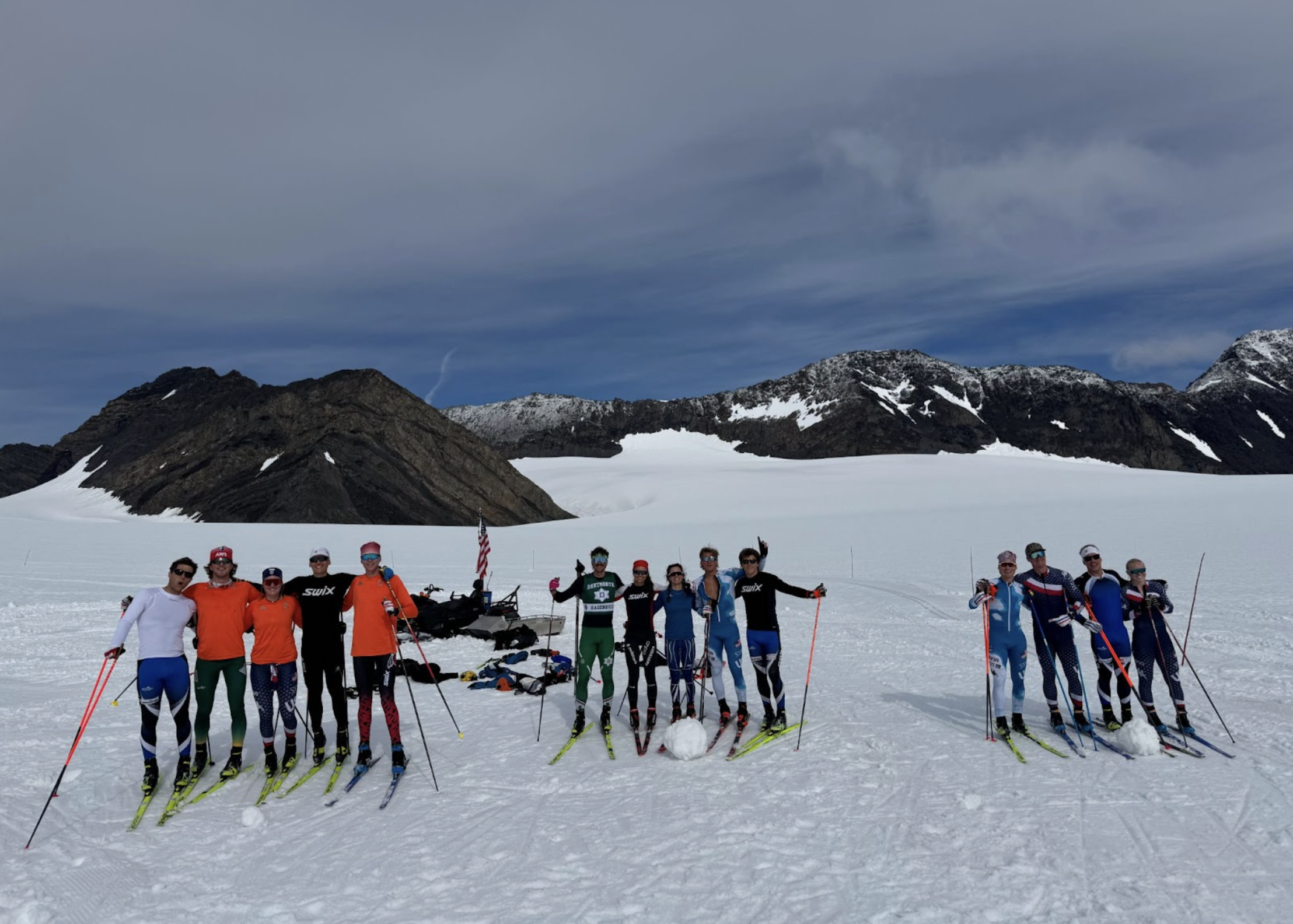
Altitude
Acclimitization is hard. Going from sea level to 5500’ and getting into a very tough training plan was one of the trickiest parts about nailing this camp. From a physiological point of view, going up to altitude for a week, training really hard, then coming down isn’t really going to give substantial gains in terms of altitude adaptations such as increased red blood cells and hemoglobin. Although the altitude of this camp was not ideal in a physiological sense, there were certainly still benefits of the altitude. First of all, the world cup schedule is not designed to always give athletes enough time to fully acclimate. For this reason, it can be really productive to be thrown into a situation where you have to try and perform regardless of less than ideal travel timing. Obviously, training is lower stress than racing, but the practice you’re getting still applies.
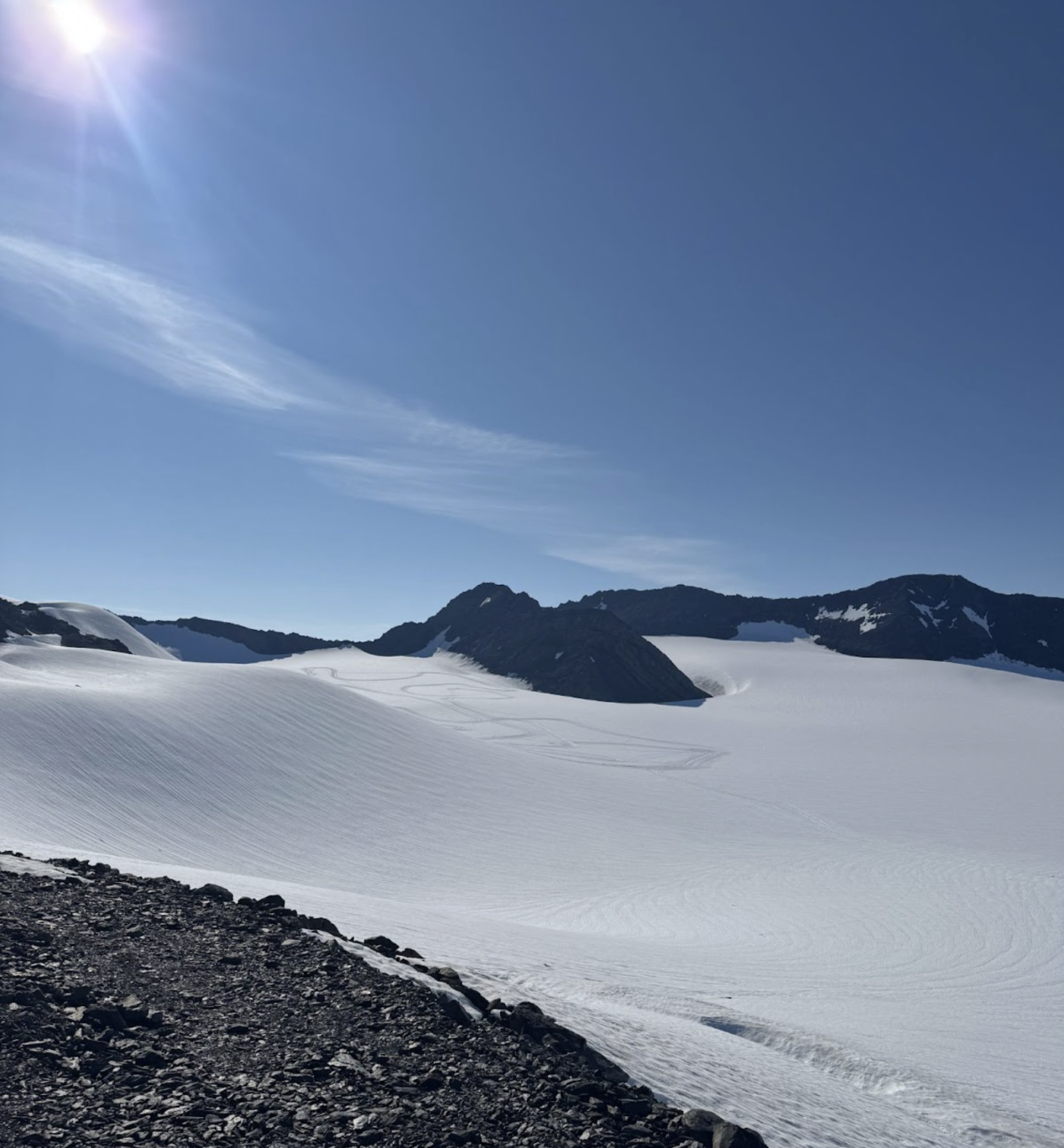
One of the biggest goals I had coming into this camp was to be constantly focusing on technique. This goal in conjunction with the high altitude left me training in L2 more than I ever otherwise do. Although the altitude of Eagle Glacier cannot be changed, the problems that the altitude causes still have solutions. By thinking of subpar training conditions instead as problems with solutions, I was able to have a much more productive camp. In terms of the altitude/technique problem, I figured if I ate as much as I possibly could, I would be better off. For this, I tried drinking more of my calories throughout the day (shoutout swiss miss hot chocolate), and I tried to eat more often in the afternoon between lunch and my afternoon session. Constantly having a bowl of honey nut cheerios in front of you will do wonders for your fueling. The caloric demands of both high training volume and intensity while acclimating are quite large, and these two tricks have really helped me.
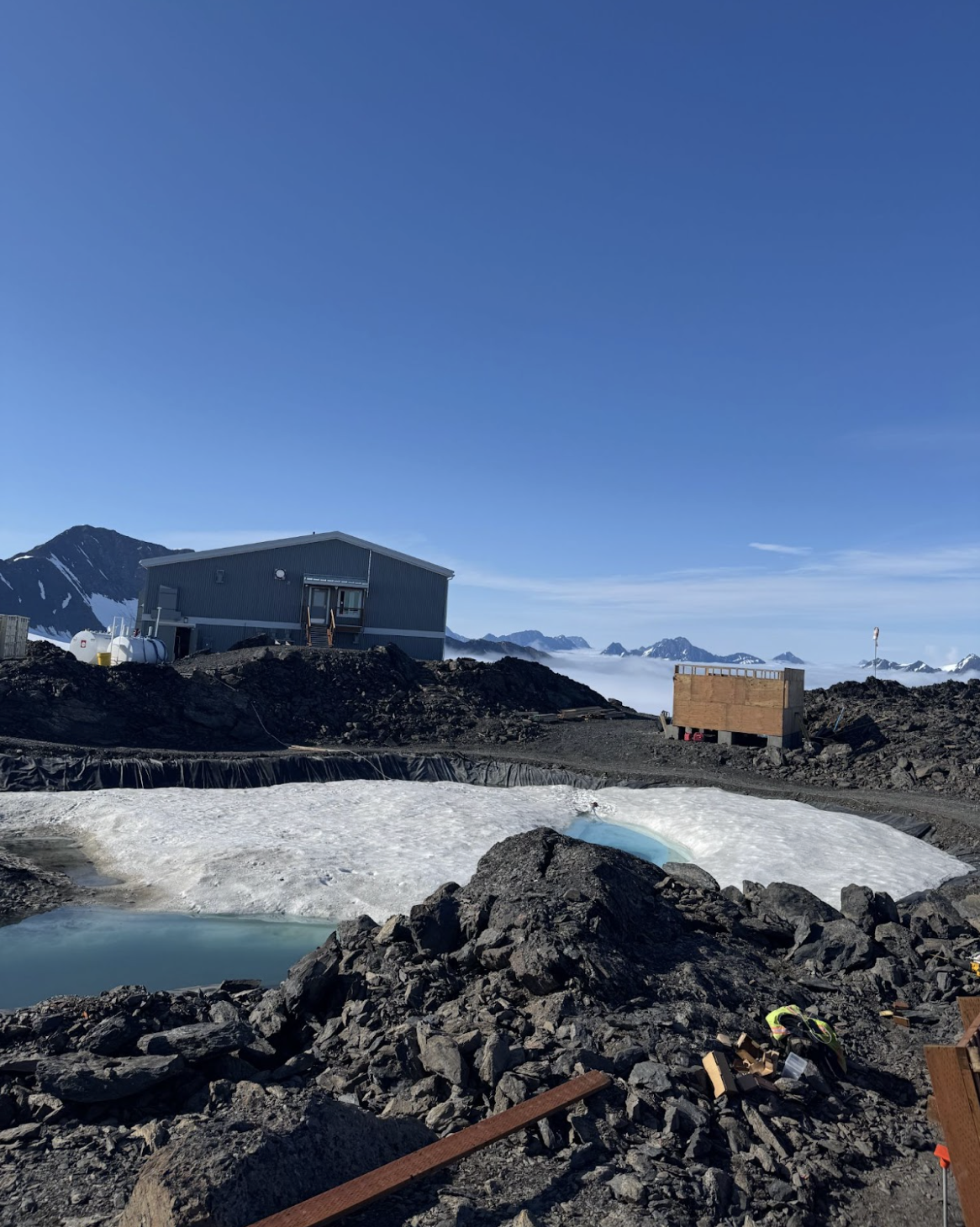
Bad Sleep
Getting bad sleep at this camp is tangential to the altitude problem, for altitude can make your sleep less quality. However, there are a lot more reasons than altitude why an athlete may get bad sleep on Eagle Glacier. The four person bunk rooms are noisy and sometimes hot (if you like to use the blackout shades). Having spent all four years of college with a roommate, I like to think I have already figured out how to solve any problems regarding sleep, but here, I’ll share some of the practices that have made the most impact.
Ear Plugs: I cannot and will not travel without a case of Mack’s wax earplugs. They are very comfortable because they just cover the top of your ear and don’t actually go into the canal. Experimenting with which earplugs you are comfortable sleeping with can be a game changer if you're encountering some unexpected noise the night before a big race.
Sleep Mask: Having instant darkness whenever I want is crucial to how I live my life nowadays. Two huge things that a sleep mask, like the MZOO one I use, allows me to do are more easily take naps during the day and open my windows all the way on a hot night without fear of being woken up super early in the morning by the sun.
Winding Down: In a new setting it can be super easy to get riled up playing games or just socializing right before you want to go to bed. I’ve always found reading for 30 minutes before I go to sleep does wonders for the quality of my sleep.
Napping: I am not a huge fan of napping, but I was so exhausted during my first days on Eagle that I took an hour long nap after lunch on the first two days. I hate how I feel when I wake up for naps, so as soon as I didn’t feel like I needed them, I switched to just closing my eyes and listening to an album after lunch. It was very relaxing.
Limiting Caffeine: This may seem obvious, but it’s always the first lifestyle change I make when I don’t think I’m sleeping as well as I could be. Sometimes cutting out an extra cup of coffee is all I need to improve my sleep.
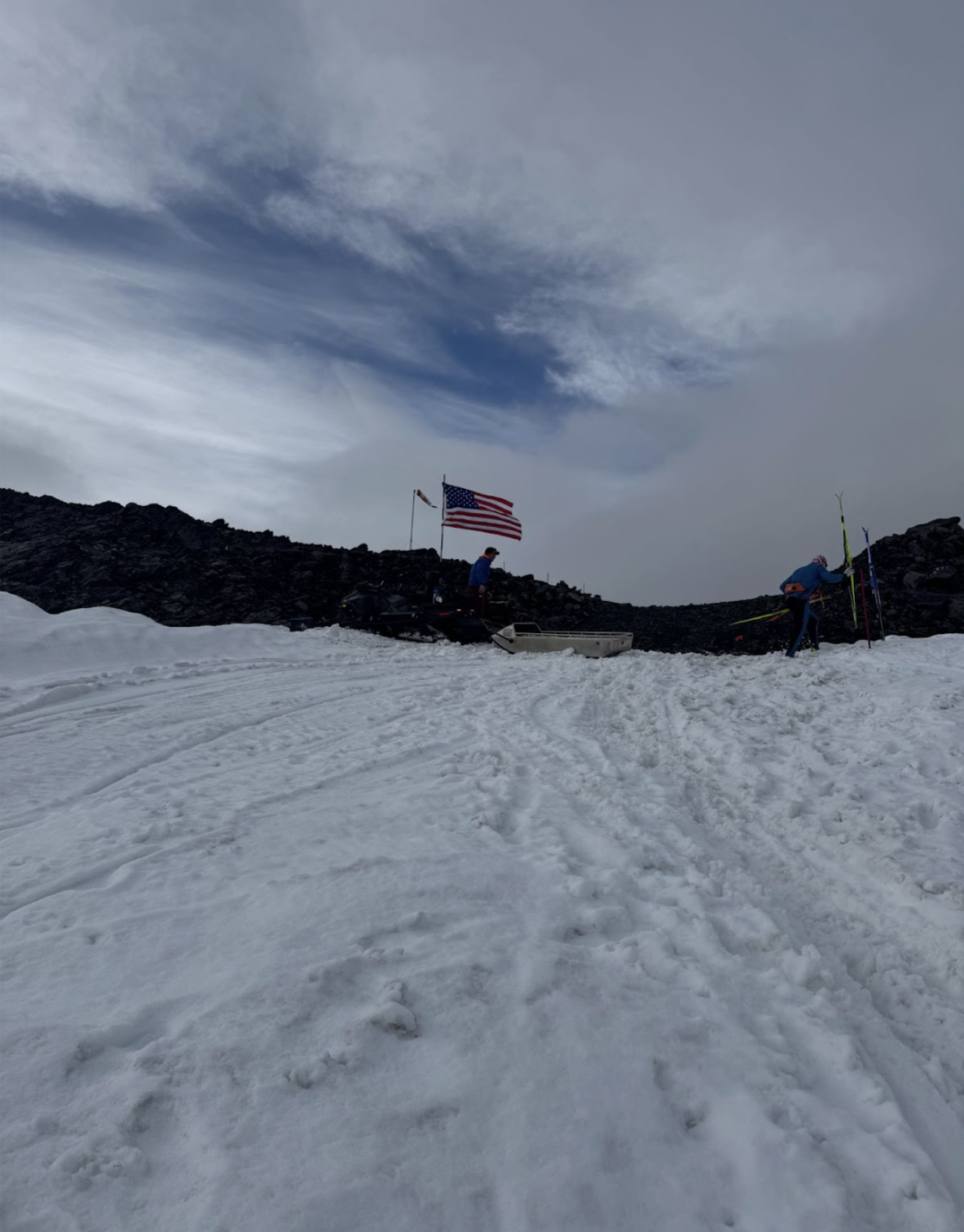
Training camps are rarely perfect for sleeping, but like anything, getting a lot of quality sleep in a subpar environment takes practice. Developing strategies to get good at sleeping anywhere can be a game change come race season.
Weather
Plainly stated, the weather was not good for this camp. Nine of our twelve sessions occurred in the fog with less than 100 feet of visibility. This wasn’t inherently bad for training (except for the occasional faceplant because you couldn’t see your own two feet), but it was definitely a little bit tough for morale. Most of the APU skiers who were on the glacier this week had experienced a camp in June where it was sunny literally every single day. I fared fine mentally because I was so damn excited to ski, but by the end it felt like a bit of a slog to get back out there trudging around in the rain/fog for another few hours. However! Like anything that complicates or makes training more difficult, any way you can find to make it manageable will set you up for success when things don’t go your way in the future. With the issue of the constant fog, I just had to keep reminding myself how lucky I was to be skiing on snow in July.
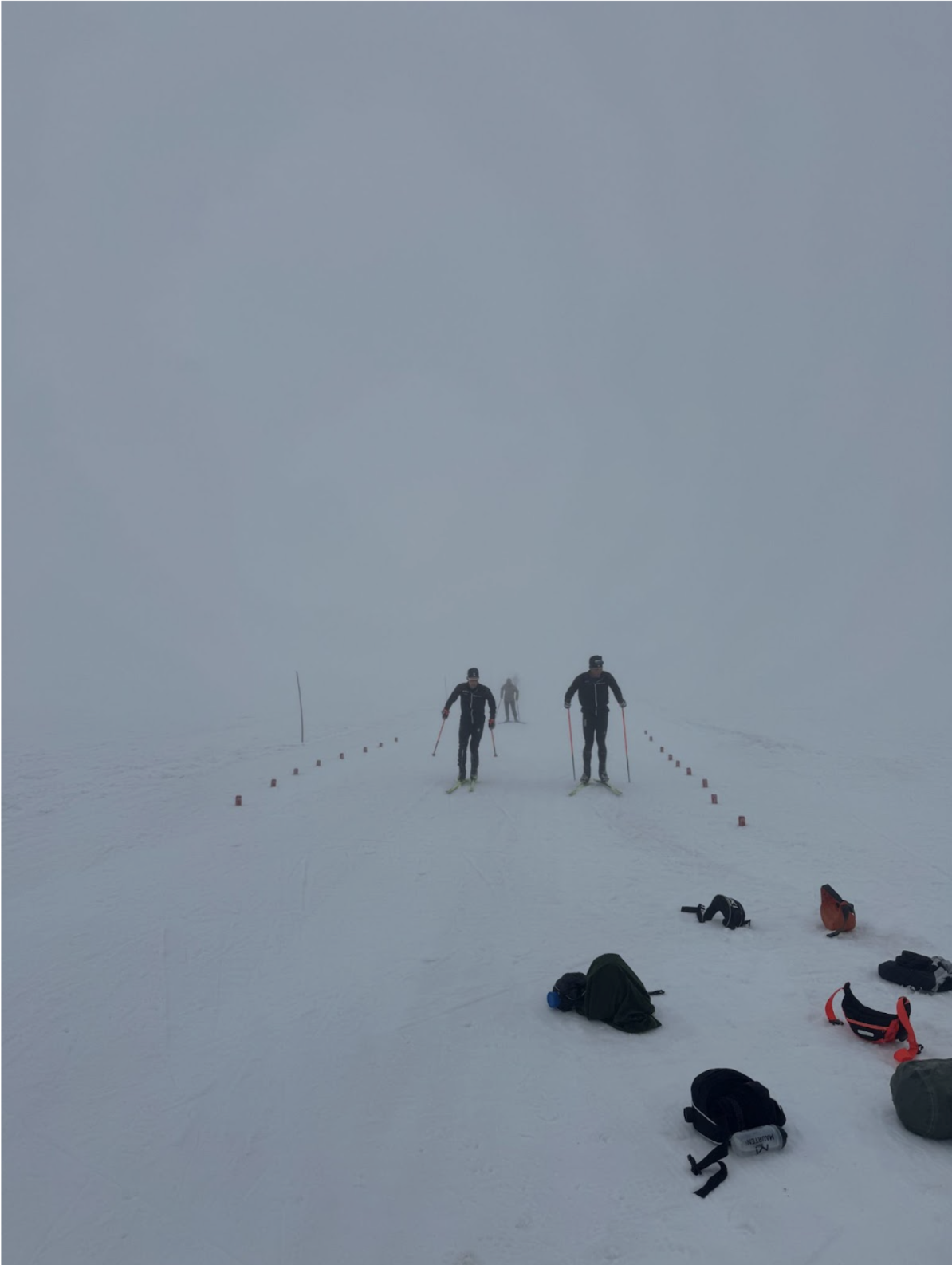
The snow was soft, really soft, for most of the camp. Since it stayed barely above freezing most nights and the sky never cleared enough for the snow to really lock in for the morning session, we never had any fast, firm conditions. This was a little bit tricky especially at the beginning of camp trying to manage intensity, but at the end of the day, I had to keep reminding myself that the practice I need most is in soft conditions. I know how to ski fast on rock hard snow, but despite some discomfort, slush skiing is probably more productive for me to train in. Working on weaknesses is how we get better, so when my poles were sinking in what felt like a full foot during speed sessions, I just had to keep reminding myself that these conditions were actually quite productive for me. Feeling sorry for yourself is not the way to make the most out of training sessions.
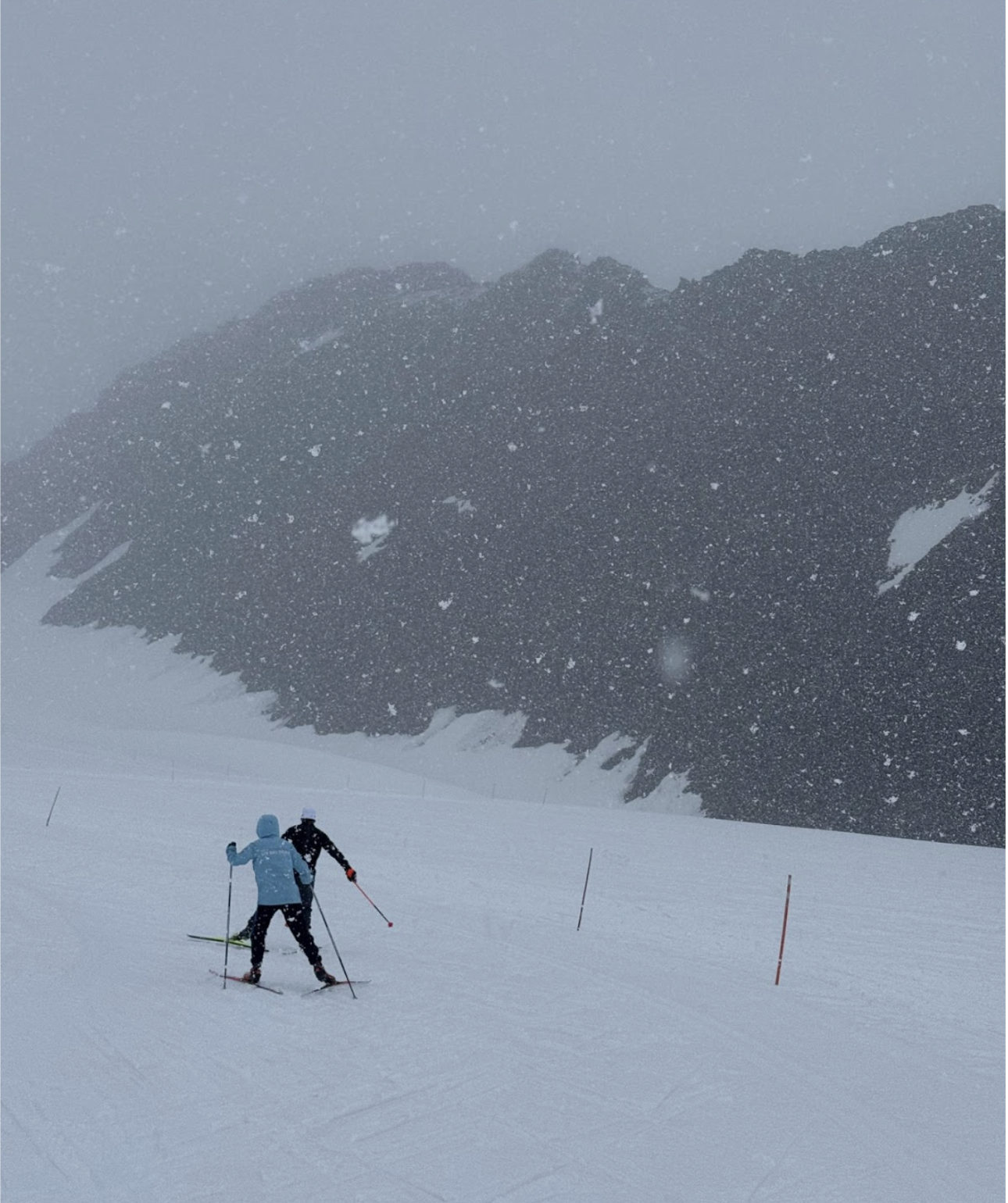
There were so many imperfections about this camp that I don’t experience during a regular week of training at home, but I would still consider it to be one of the most productive weeks of training I’ve done in my entire life. The ability to do this stems from the difference between having a fixed mindset and a growth mindset. Instead of seeing any problem or complication as a fixed detriment of your training, I was always pushing to see what gains I could achieve within the imperfect environment. At the end of the day, very few race days end up going perfectly in every way, so having strategies to adapt and overcome to make the most of every situation you are thrown into can be the difference between success and failure in this sport.

